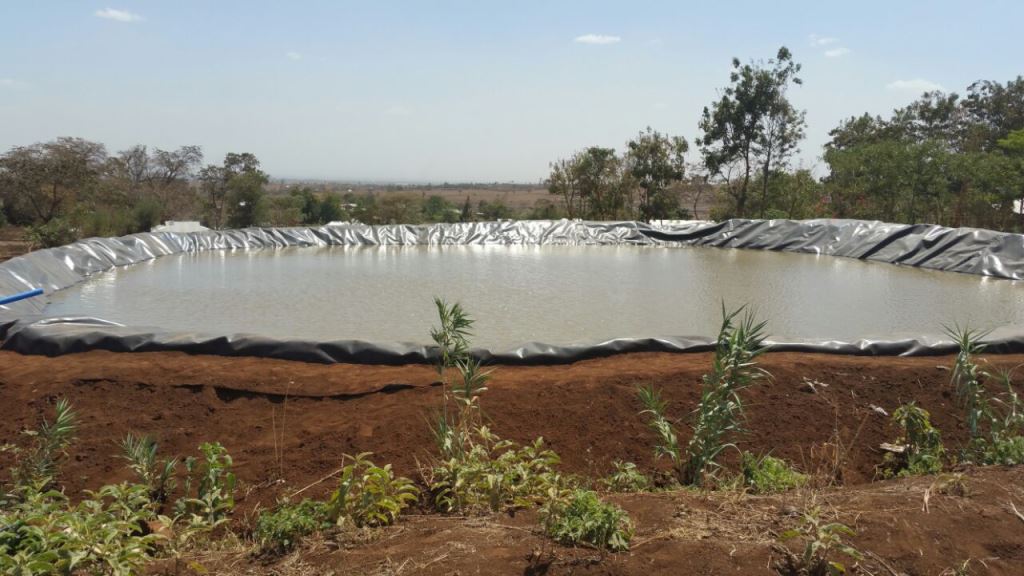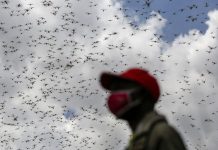AfricaPress-Tanzania: THE government, through the National Irrigation Commission, is conducting studies in various parts of the country to identify areas that are suitable for construction of dams to harvest and store rain water to be used for agricultural activities.
This was explained in the National Assembly by the Ministry of Agriculture.
It was via a written response to a question by Mbulu Rural MP Flatei Massay, who sought to know when the government would fulfill its promise of constructing dams in Dirim, Esketch, MunguwaMono, Maretaduchini and Yayeda Chini villages in his constituency.
According to the ministry, the government was looking for funds from local and foreign sources to implement development activities, including construction of dams for harvesting and storing rain water for irrigation activities.
On the implementation front, the government was working in collaboration with Mbulu Municipal Council as well as irrigation groups in the area to prepare some proposals for loans from various institutions, including the Tanzania Agriculture Development Bank (TADB).
“The government will work with various stakeholders, including district and municipal councils, financial institutions and development partners, to look for funds for finalizing construction of dams to be used for irrigation.”
Since 2006, Tanzania has aimed to expand irrigation to cover one million hectares by 2020.
Currently, only five per cent — 461,000 hectares — of Tanzania’s cultivated land is irrigated, out of an estimated 29.4 million hectares available.
Experts say the first thing that Tanzania should do to achieve the target is seeking funds for investment. Irrigation requires considerable initial investment.
Private finance offers an alternative to governments going into debt, hence the appeal of public-private partnerships (PPPs). While in some parts of Tanzania water is relatively abundant, and it is limited in others.
Conflicts arise between different sets of irrigators, and between farmers and urban water users. Two cases illustrate issues with irrigation interventions in Tanzania.







